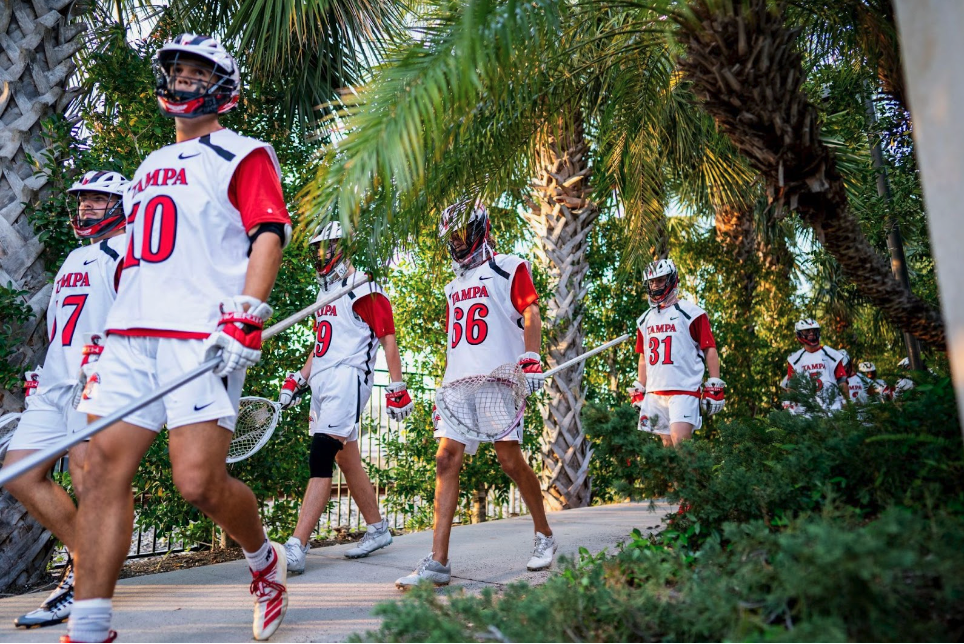
I am not sure what image of Rome I had pictured in my head, but the city really surprised me, especially in its aesthetics. The traffic, omnipresent public transportation, groups of tourists snapping photos and bustling city atmosphere strongly reminded me of New York City.
Although, everywhere I looked I could see ancient monuments and marble columns. Amidst the cars and buses were women in high heels on Vespa scooters and businessmen wearing suits as they cruised by on their motorcycles.
In the morning, the little cafés that lined the streets would serve deliciously fresh pastries filled with crèmes and fruit pastes. In the evening, waiters would stand by their places of work and entice passersby to sit down and eat. The bottoms of the menus would read “no frozen food” and “air-conditioning inside.” Having air-conditioning was actually a viable persuasion tactic for tourists. The Roman sun was incredibly strong over the course of the day; I could practically feel the skin on my arms sizzling.
Possibly the most enjoyable tour I experienced was of the Colosseum. It had a lot to do with the tour guide, though. I could just tell by the way he carefully picked his words that he cherished his job. He was also quite protective of the ancient ruins. One group of tourists ignored the signs strictly forbidding people to sit on the ruins, and he immediately began to yell at them in Russian. He turned back to our group and muttered an apology to us for their behavior.
I thought it just made him seem more impressive, because he clearly spoke at least three languages: English, Italian and Russian. He told us that the Colosseum was originally called the Flavian Amphitheater, and, thus, there were some inconsistencies with his favorite movie, Gladiator. The characters refer to the structure as the Colosseum, which would not have happened at the time.
I would advise anyone planning to visit the Vatican to book a tour in advance. It will enable you to bypass a serpentine line that appears to go on forever. Also, be sure to cover shoulders and knees when visiting the Vatican. I saw many tourists turned away for wearing clothing that was too revealing.
Some street vendors are even strategically placed outside selling thin, colorful scarves to those individuals who forgot to cover up. Throughout the tour, everywhere I looked held something elaborate and beautiful, from the paintings and mosaics to the tapestries.
The Sistine Chapel was absolutely gorgeous. The attention to detail on the human figures was amazing. The fresco paintings, done on wet plaster, cover the ceiling and most of the walls. I found it difficult to choose where to look because of the overwhelming beauty. Guards were positioned around the edges of the room to quiet the visitors and ensure the safety of the artwork. Michelangelo put in so much effort to create the Sistine Chapel ceiling; the attention to detail is incredible. Contrary to popular belief, he painted while standing in an uncomfortable position with his neck bent toward the ceiling rather than lying parallel to the scaffolding.
For an impressive look at the Sistine Chapel from the Internet, go to http://www.vatican.va/various/cappelle/sistina_vr/index.html for a 360 degree view.
The Vatican is actually its own country. Technically, the Italian tour guide was a foreigner. The Vatican also has its own post office and stamps, so I took this opportunity to mail postcards back home to some of my friends and neighbors.
Unbeknownst to my family, while we walked through Trastevere, a district in Rome, we stumbled upon the Festa di Noantri, which is an event that happens every year on the first Saturday after July 16. We witnessed the procession of the statue of the Virgin Mary through the streets. Priests walked along with the procession speaking into megaphones in Italian, presumably giving a sermon or explaining the significance of the event.
After watching the procession, we followed the recommendation of the National Geographic Walking Rome guidebook and ate dinner at Ivo a Trastevere, a restaurant in the district. I decided to order some spaghetti. I was very impressed by the authenticity of the dish, which was served “al dente” with fresh basil leaves and Parmesan cheese.
Our waiter was extremely animated. He would quickly slide through the restaurant, almost as if gliding on roller skates. When he heard how much we enjoyed the food, he graciously asked the owner to autograph our guidebook for us.
At night, illuminated white tents lined the Tiber, the ancient river that surrounds Rome. Some of the tents housed restaurants and hookah lounges. A vast majority sold souvenirs. They sold everything from purses and t-shirts to used Italian novels and magnets depicting diagrams of Italian dishes. I even had my palm read by a machine called “the Mouth of Truth.” It cost one euro (approximately $1.50), and I received a printout on receipt-textured paper predicting my life’s future path.
Though Rome’s fast-paced nature seems geared toward tourists, it sustains a rich and thriving Italian culture heavily influenced by centuries of tradition. The city serves as a link between its ancient past and modern way of life.
Samantha Delle can be reached at samanthadelle@aol.com




Leave a Reply